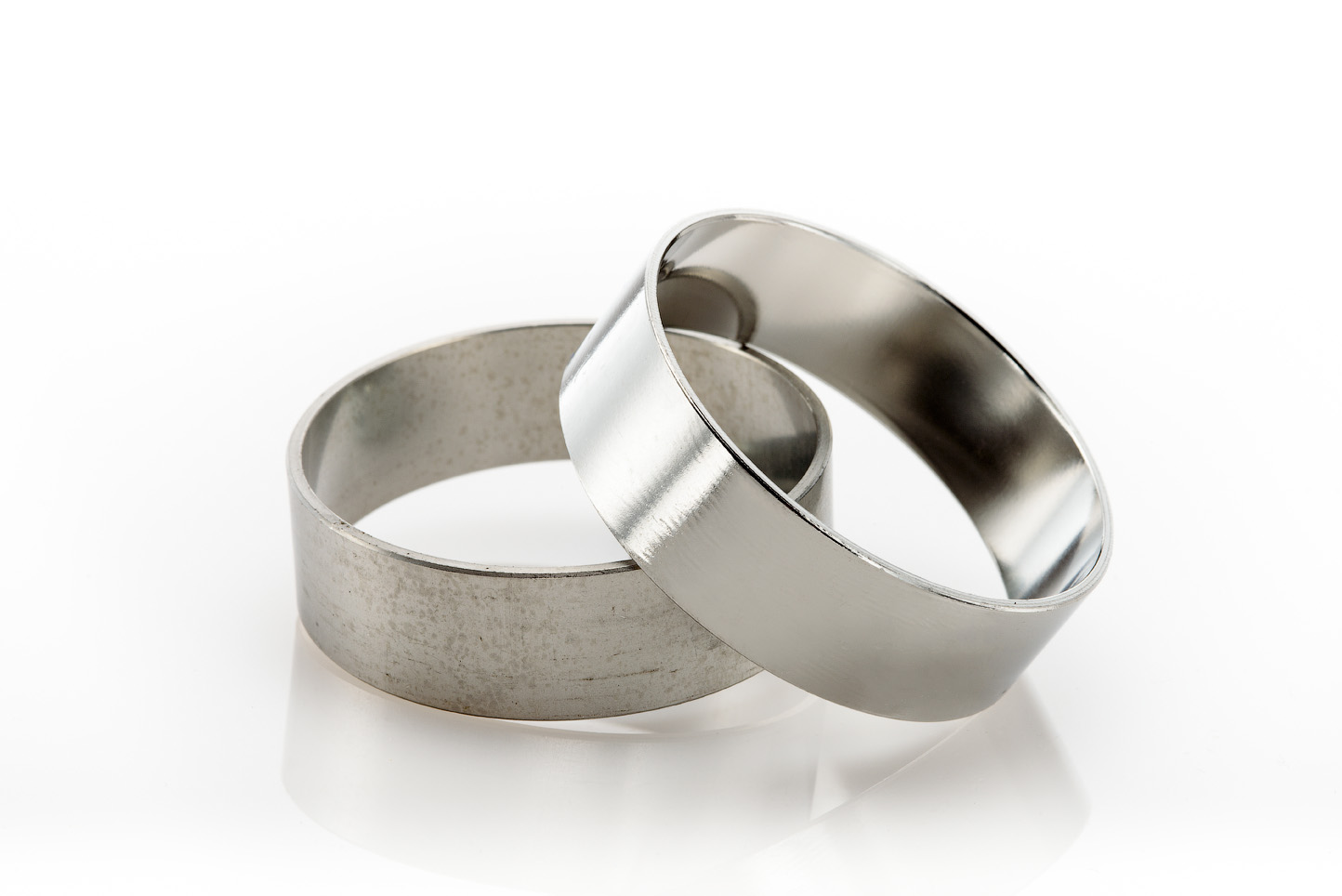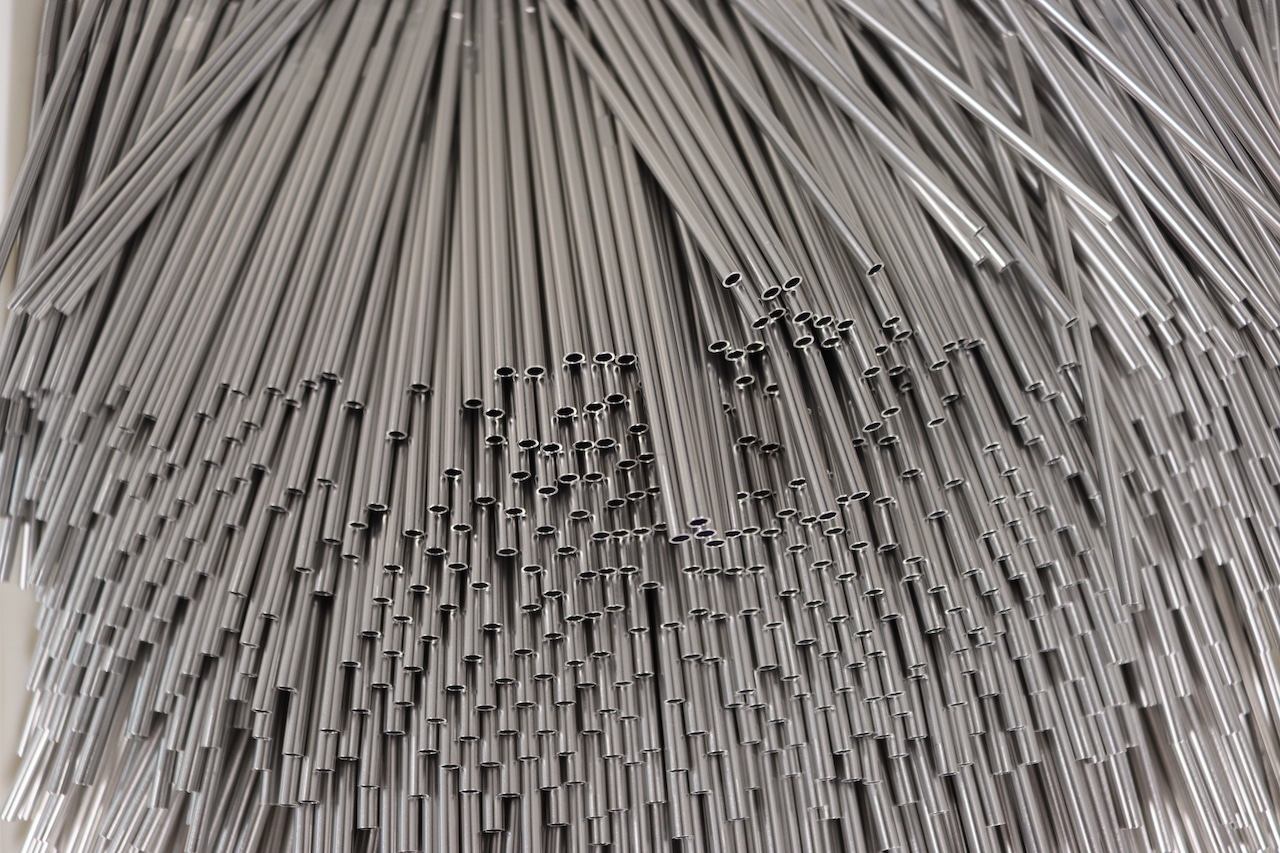
Acid Pickling for Stainless Steel
When it comes to finishing stainless steel components for high-performance applications, the surface treatment process you choose can make all the difference. While citric acid passivation and electropolishing are widely known for their ability to enhance corrosion resistance and cleanliness, acid pickling remains an important treatment for many industrial applications.
In this post, we’ll break down what acid pickling is, explore its benefits and applications, and compare it to citric acid passivation and electropolishing to help manufacturers make the best choice for their specific needs.
What Is Acid Pickling?
Acid pickling is a chemical treatment process used to remove surface impurities such as scale, oxides, and other contaminants that form during heat treating, welding, or other fabrication processes. It typically involves immersing stainless steel parts in a strong acid solution—often a combination of nitric and hydrofluoric acids—to clean the surface and prepare it for further treatment.
While acid pickling is effective at removing heavy oxide layers and scale, it does not fully restore the corrosion-resistant properties of stainless steel. To achieve a truly passive, corrosion-resistant surface, additional treatment—such as citric acid passivation or electropolishing—is required.
Benefits of Acid Pickling
-
Effective Scale Removal: Pickling is highly effective at removing weld scale, heat tint, and heavy oxide layers from stainless steel surfaces.
-
Surface Preparation: It creates a clean base that is ideal for follow-up treatments such as stainless steel passivation or electropolishing.
-
Industrial Use: Ideal for large fabrications and heavy-duty components in need of pre-cleaning before additional processing.
Applications of Acid Pickling
Acid pickling is often used in:
-
Heavy industrial fabrication
-
Welded stainless steel assemblies
-
Components that have undergone high-heat operations
-
Oil and gas equipment
-
Construction and infrastructure applications
Acid Pickling vs. Citric Acid Passivation
While both acid pickling and citric acid passivation are designed to improve corrosion resistance, they differ significantly in process and purpose:
| Criteria | Acid Pickling | Citric Acid Passivation |
|---|---|---|
| Chemistry | Nitric + Hydrofluoric Acid | Citric Acid (non-toxic, biodegradable) |
| Primary Purpose | Removes heavy scale and oxides | Removes free iron and enhances chromium-rich surface |
| Safety/Environmental | Hazardous; requires special handling | Environmentally friendly; safer for operators |
| Applications | Industrial, welded, and heat-treated parts | Medical, aerospace, food-grade, and precision components |
Citric acid passivation is often chosen for its environmentally safe profile and its suitability for sensitive, high-purity applications like medical and pharmaceutical devices, aerospace hardware, and food processing equipment. It’s particularly effective at enhancing the natural corrosion resistance of stainless steel without altering the surface dimensionally.
Acid Pickling vs. Electropolishing
Electropolishing takes things a step further. Rather than just cleaning the surface, this electrochemical process removes a thin, controlled layer of material to smooth the surface at the microscopic level.
| Criteria | Acid Pickling | Electropolishing |
|---|---|---|
| Process Type | Chemical immersion | Electrochemical removal of metal |
| Surface Impact | Cleans surface, may leave etching | Smooths and polishes surface |
| Corrosion Resistance | Restores passive layer | Creates enhanced passive layer |
| Finish Quality | Matte or dull | Bright, highly reflective |
| Applications | Welded parts, scale removal | High-purity, precision components in medical and aerospace |
Electropolishing is often used when surface finish, cleanliness, and corrosion resistance are all critical—especially in medical implants, endoscopic tools, semiconductor components, and ultra-high vacuum systems.
Which Surface Treatment Is Right for You?
Choosing between acid pickling, citric acid passivation, and electropolishing depends on your component’s intended use, desired finish, and industry standards.
-
If your stainless steel part has heavy scale from welding or heat treatment, acid pickling might be the first step before additional processing.
-
If you’re working in a regulated, high-purity environment, passivation of stainless steel with citric acid is often the preferred method.
-
For ultimate performance in terms of both corrosion resistance and surface quality, electropolishing provides unmatched benefits.
Partnering with a Leader in Surface Finishing
At New England Electropolishing, we specialize in both citric acid passivation and electropolishing for the passivation of stainless steel, offering turnkey solutions that meet the most demanding requirements in medical, aerospace, semiconductor, and food processing industries.
Whether you need to enhance corrosion resistance, meet regulatory standards, or ensure the cleanest, smoothest finish possible, our expert team can help you select the right surface treatment process for your application.
Ready to learn more?
Explore our services and see how we can help:
🔗 Citric Acid Passivation
🔗 What is Passivation?
🔗 Electropolishing Services
Electropolishing Resources
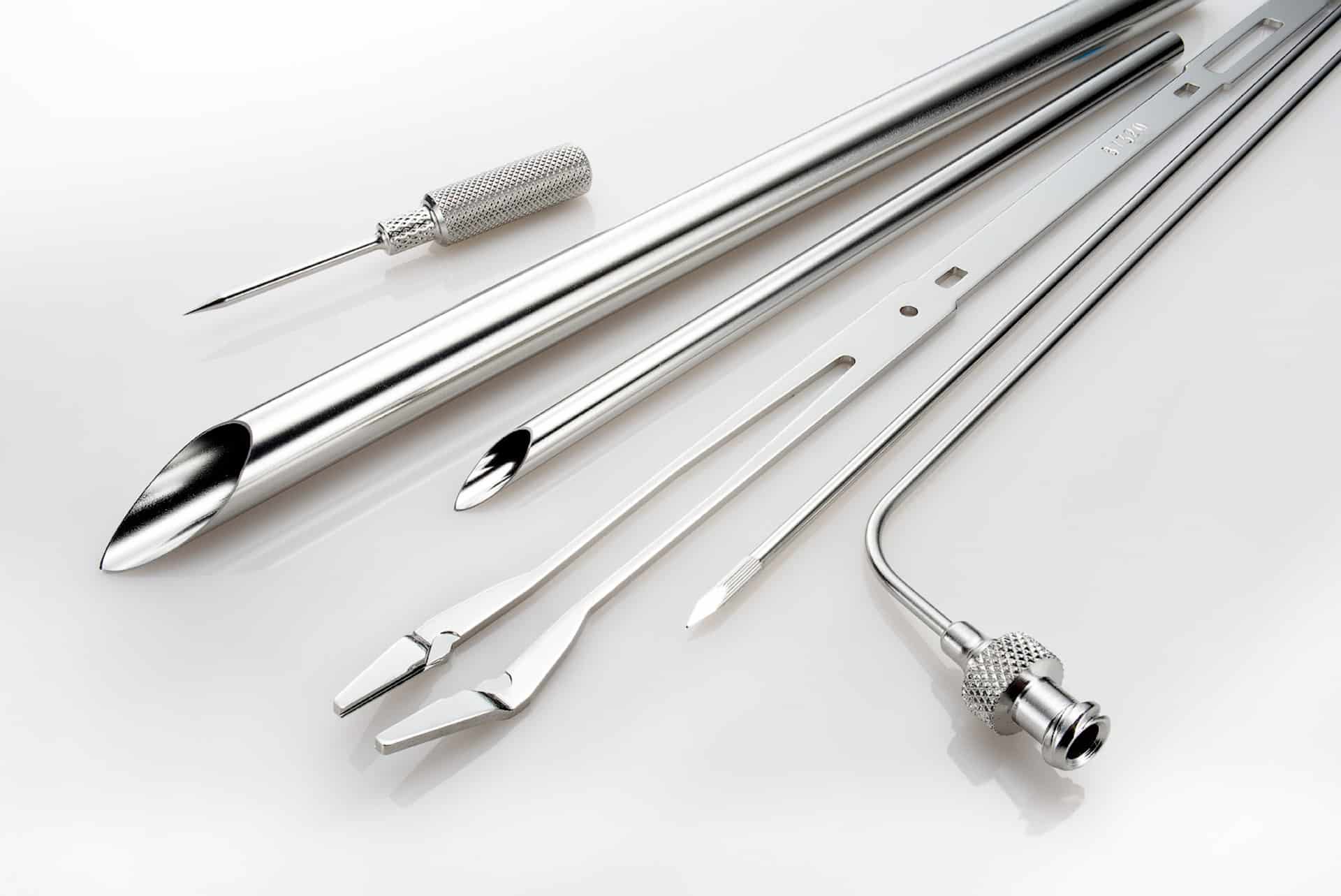
What is Electropolishing?
Electropolishing is an electrochemical and reverse plating process that removes the outer layer of skin on a metal...

The Electropolishing Process
The electropolishing process is initiated by immersing a metal part into a temperature-controlled bath of electrolyte...
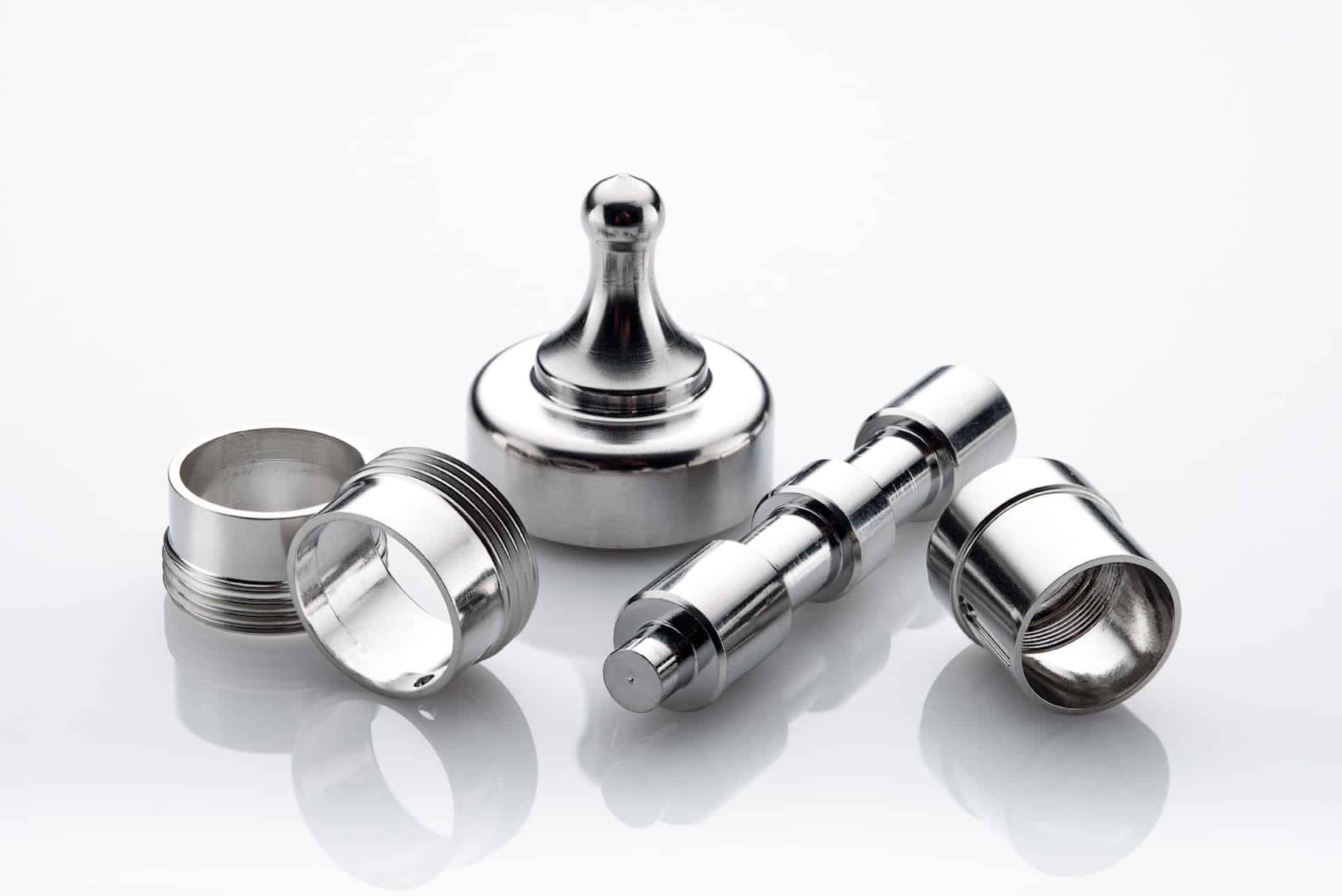
Benefits of Electropolishing
Curious about the benefits of putting your parts through the electropolishing process? Read along below where we...
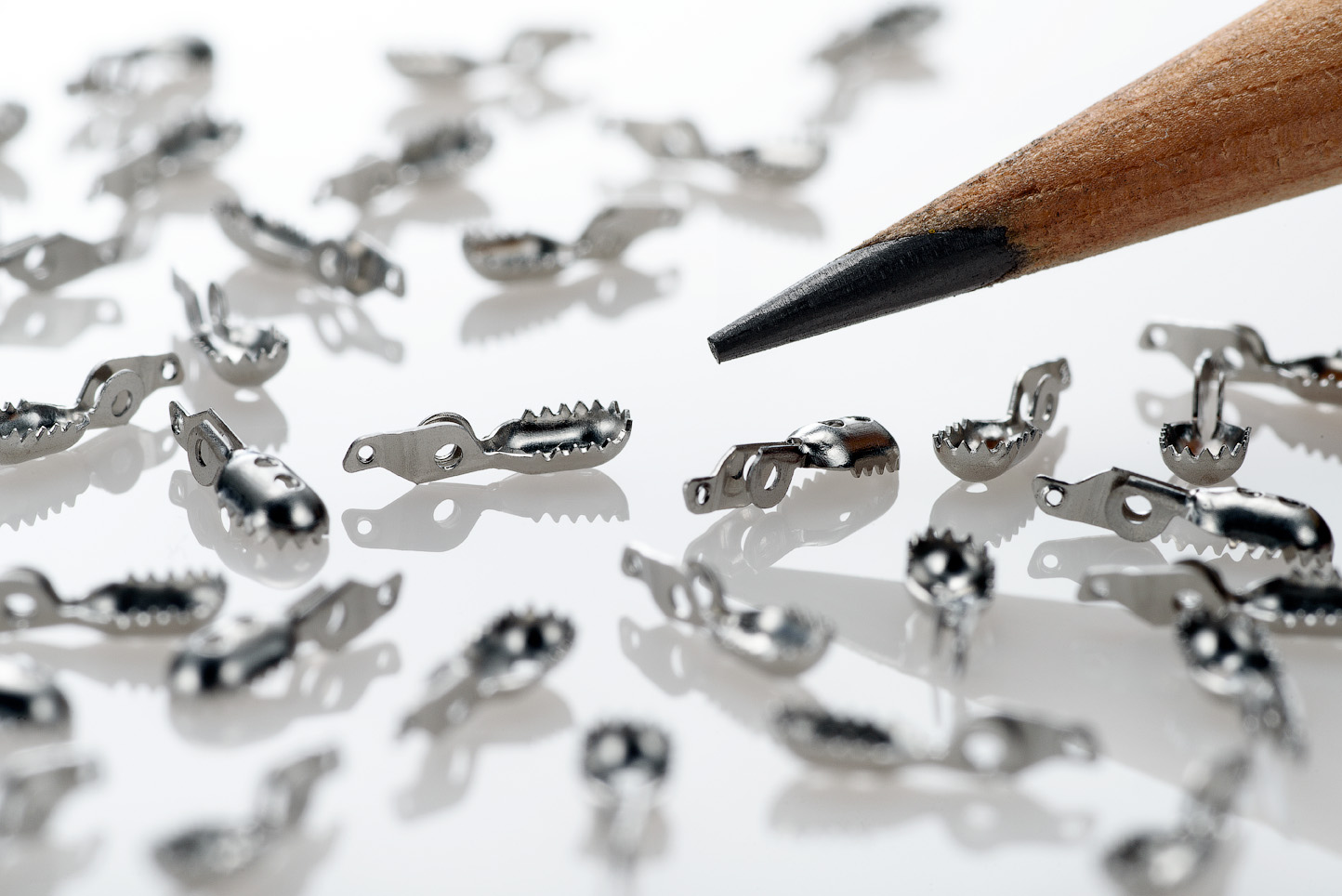
How Much Material Does Electropolishing Remove?
Electropolishing, when done properly is a highly controllable process which removes as little as...

How Much Will Electropolishing Improve the Surface Finish of My Part?
Ra and RMS are both representations of surface roughness. Ra is calculated as the roughness average of a surface’s...
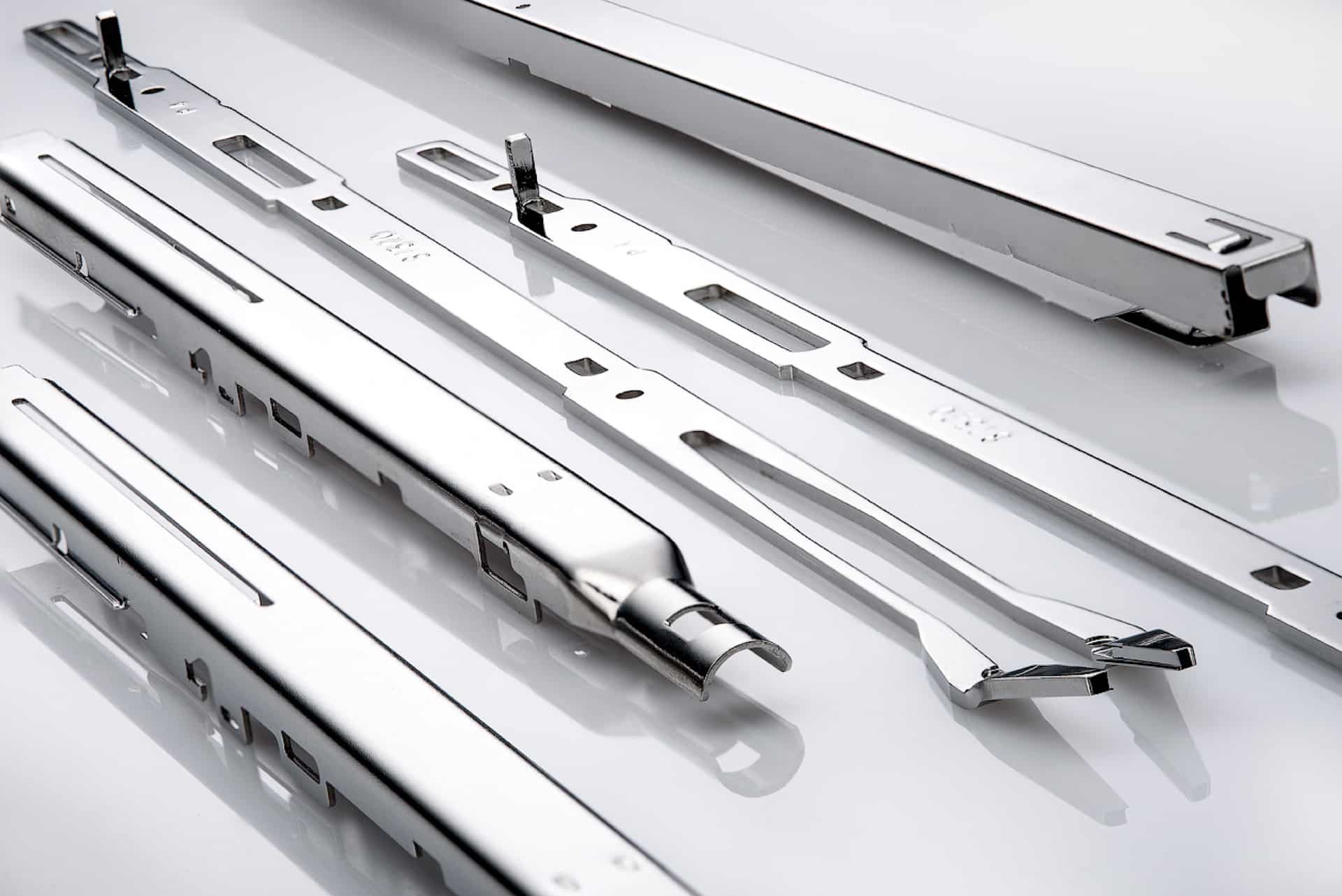
Electropolishing Frequently Asked Questions
Learn the difference between electropolishing and electroplating as well as how the electropolishing process works...
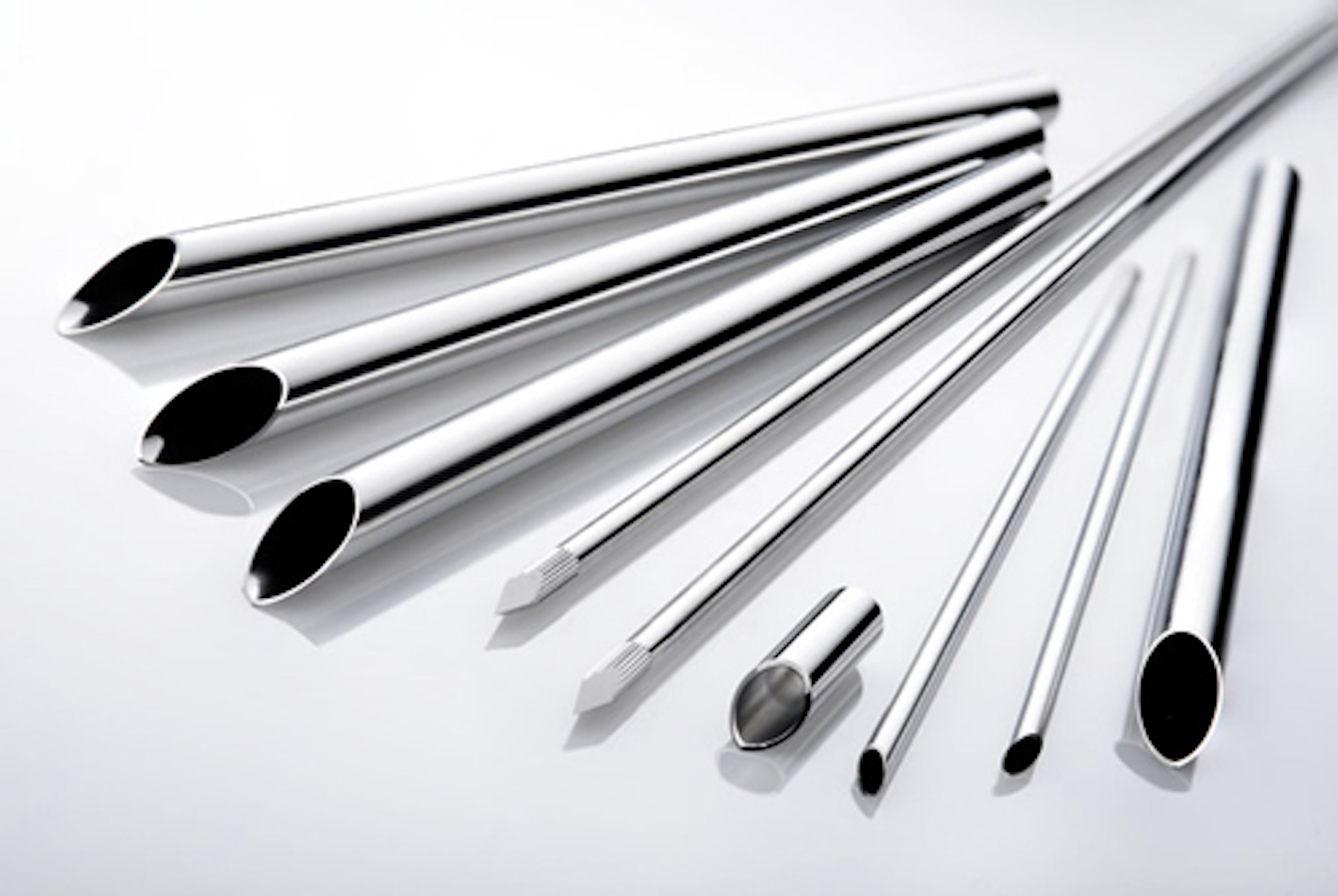
What is ASTM B912?
ASTM B912 is an industry standard for the passivation of stainless steel alloys through electropolishing...
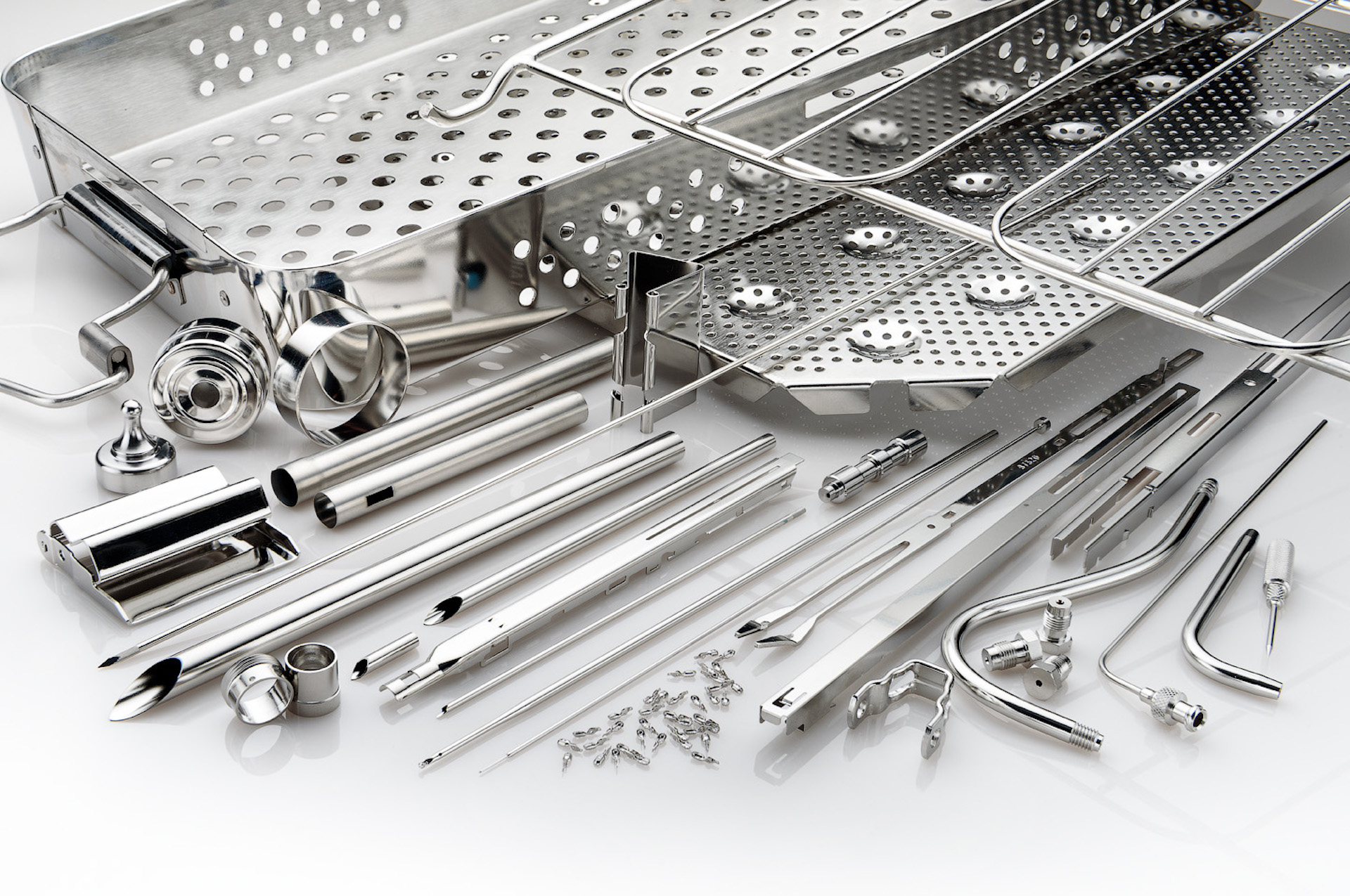
What is ASTM A967?
ASTM A967 is an industry standard specification for the chemical passivation treatments for stainless...

What is ISO 13485?
ISO 13485 is a standard that applies specifically to medical devices. ISO 13485 is designed to be...
